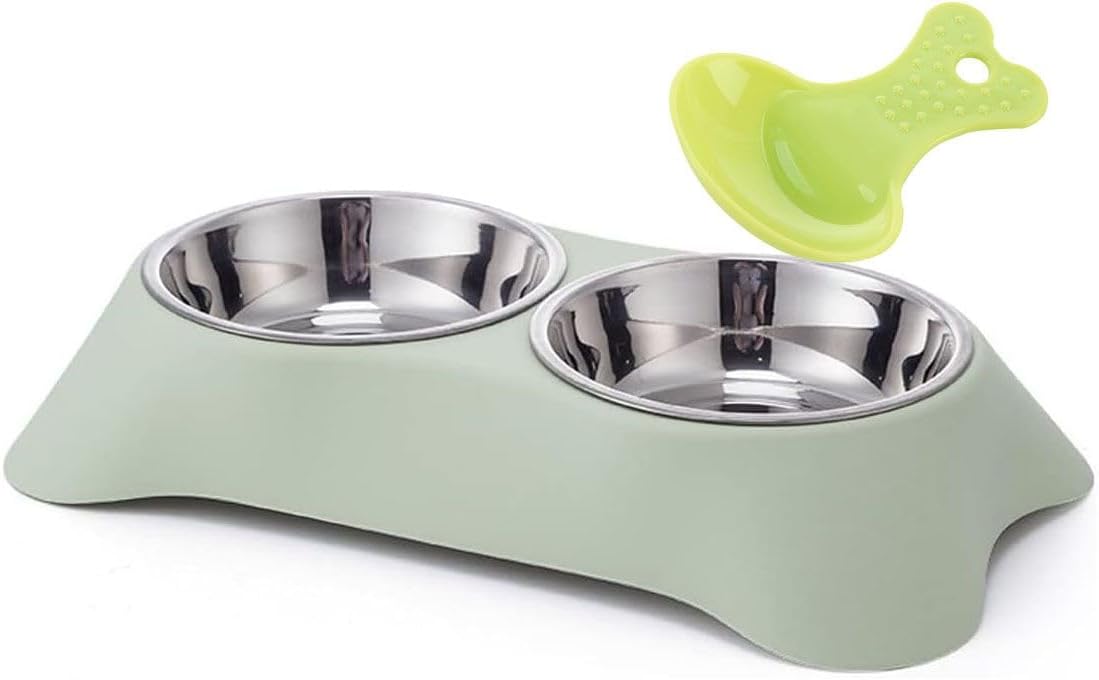Introduction
Cats have captivated human imagination for thousands of years, embodying a unique blend of independence and companionship that few other animals possess. From their early days as wild hunters in ancient lands to becoming cherished members of modern households, the journey of cats into our lives is a fascinating tale of mutual adaptation and enduring affection. In this blog post, we’ll explore the rich history of domesticated cats, their roles in different cultures, and how they evolved from solitary predators to beloved pets.
The Wild Ancestors of Domestic Cats
The domestic cat (Felis catus) traces its lineage back to the Near Eastern wildcat (Felis silvestris lybica), a small, solitary predator native to the deserts of the Middle East. These wildcats were adept hunters, preying on rodents and small animals, which would later become a key factor in their association with human settlements.
Early Domestication and Mutual Benefit
Around 10,000 years ago, the advent of agriculture led humans to settle and store surplus grains. These stores attracted rodents, creating a problem for early farmers. Wildcats, drawn to the abundance of prey, began frequenting human settlements. This mutualistic relationship benefited both parties: humans had a natural form of pest control, and cats had easy access to food.
Evidence of early domestication comes from a 9,500-year-old grave in Cyprus, where a human was buried alongside a cat, suggesting a significant relationship between the two species.
Cats in Ancient Cultures
- Ancient Egypt: Perhaps the most famous historical association between humans and cats is found in ancient Egypt. Cats were revered, often associated with deities like Bastet, the goddess of home, fertility, and protection against diseases. Killing a cat was considered a grave offense, and they were often mummified and buried with their owners.
- Asia: In China and Japan, cats were valued for their ability to protect valuable manuscripts from rodents in temples and monasteries. The iconic Maneki-neko or “beckoning cat” is a symbol of good luck and prosperity in Japanese culture.
- Europe: In medieval Europe, cats were both revered and reviled. While they were appreciated for their rodent-catching skills, superstitions led to associations with witchcraft, particularly black cats, leading to widespread persecution during the Middle Ages.
The Spread of Cats Around the World
As human societies became more interconnected through trade and exploration, cats spread across the globe. They were common aboard ships, controlling rodent populations and preventing the spread of diseases like the plague. This global movement contributed to the diversity of cat breeds we see today.
The Evolution of Cat Breeds
Selective breeding over centuries has led to a wide variety of cat breeds, each with distinct physical and behavioral traits. From the hairless Sphynx to the large and fluffy Maine Coon, these breeds have been developed to emphasize certain characteristics, whether for aesthetic appeal or temperament.
Cats in Modern Society
Today, cats are among the most popular pets worldwide. Their independent nature, coupled with their adaptability to various living environments, makes them suitable companions for people in urban and rural settings alike. Advances in veterinary medicine and nutrition have improved their health and longevity, allowing us to enjoy their companionship for many years.
Conclusion: The Enduring Bond Between Humans and Cats
The history of domesticated cats is a testament to a relationship built on mutual benefit and affection. From sacred beings to internet sensations, cats continue to fascinate and charm us. Understanding their journey enhances our appreciation for these enigmatic creatures that have gracefully leapt from wild landscapes into the comfort of our homes.






